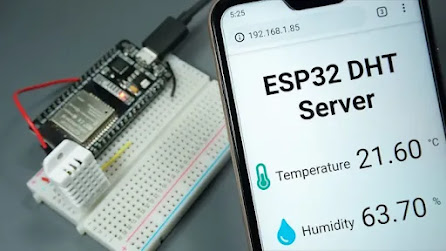weather monitoring system without (LCD)
features of system as follow particularly:
(4) Sensors :
-
DHT11 – Temperature and Humidity Sensor
-
BMP180/BMP280 – Barometric Pressure and Altitude Sensor
-
Rain Sensor – To detect rain (Analog or Digital type)
-
Light Sensor -LDR
DHT 11: ADVANTAGES
The DHT11 is very cheap compared to many other temperature and humidity sensors can work with Arduino or esp 32. it is to use in projects or monitoring systems
BMP180/BMP280: ADVANTAGES
Both BMP180 and BMP280 are pressure sensors used for measuring atmospheric pressure and temperature. the BMP180 is a sensor with low power use, the BMP280 is its improved is improved from BMP180
RAIN SENSOR: ADVANTAGES
Rain sensors automatically detect rainfall . and tells that it is raining or not it also use low power and is convenient to use and can help to build project easily
LIGHT SENSOR (LDR);
- They have a straightforward working principle and do not need external power to operate. This makes them
- High Sensitivity to Light can detect light value easily also contain LDR that is the crucial part of sensor.
- material required is ;
DHT11
BMP180/BMP280
Rain Sensor
Light Sensor
ESP 32
program:

.webp)


Comments
Post a Comment